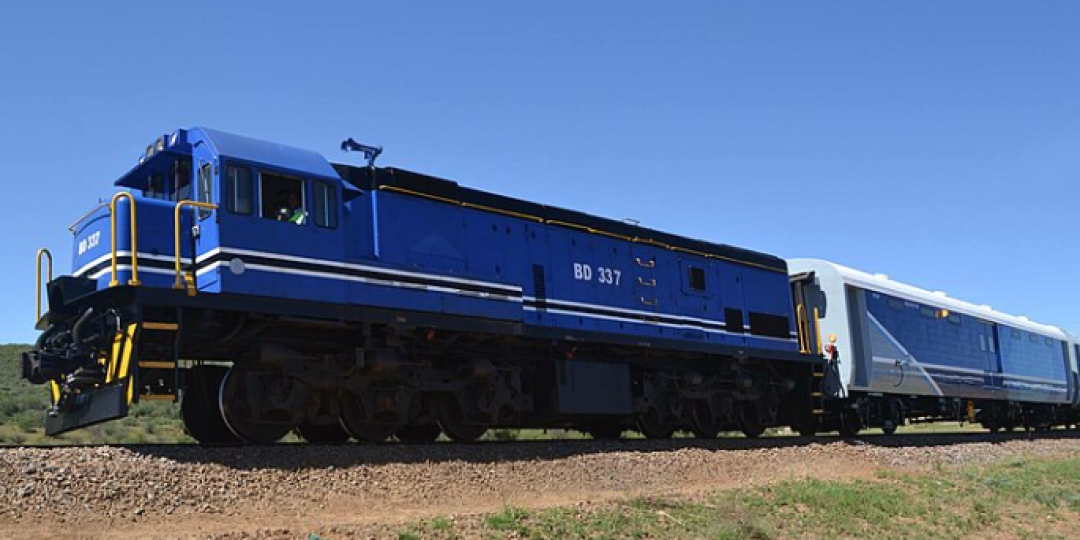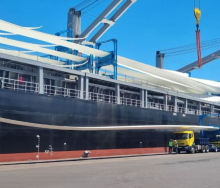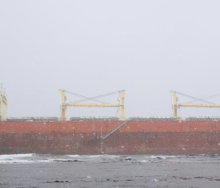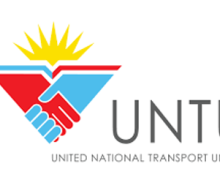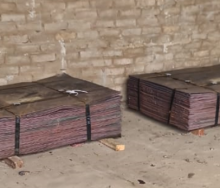Eswatini Railways’ primary revenue earner is transit traffic, mostly from South Africa but also from other Southern African countries whose rail freight passes through Eswatini en route to Durban’s port.
Mbabane-based Eswatini Railways is therefore intent on expanding its transit business, and has issued a progress report on construction of the Eswatini Rail Link.
A joint project with South Africa’s Transnet Freight Rail (TFR), the new line will originate at the rail head in Sidvokodvo and be extended on the western Eswatini side to the South African border.
From there TFR will build a line to Lothair, where it will connect with existing lines.
The 146 km line will enable rail freight traffic to travel across the breadth of Eswatini as well as northward to Mozambique to allow faster and more efficient rail shipping from Gauteng and other areas to Maputo harbour.
Pre-construction has reached a significant milestone, according to Eswatini Railways.
Progress has advanced on the Project Affected People resettlement phase. Alternative sites have been prepared where residents in the rail line’s path can be resettled. Meanwhile, construction is in its 19th month on the rehabilitation of adjacent existing lines to align with and provide support to the new line.
The Lothair-Sidvokodvo line will accommodate trains of up to 26 tonnes/axle, 2.5km in length with up to 200 wagons trains.
The line will have a daily capacity of 12 trains each way. Upon completion, the line will be designated a dedicated General Freight Business Corridor by Transnet Freight Rail and will offer additional capacity for Eswatini Railways.
At present, the Swazi system has a capacity of 12 trains pulling 81 wagons per day each way on the current ESR Komatipoort-Golela Line. The new link will double rail traffic volumes in the country.
The Lothair-Sidvokodvo line will reduce both rail and road traffic congestion, and is regarded as a significant accomplishment of Eswatini Railways’ haulage business of South African coal from Sidvokodvo to Maputo.
To prevent border congestion that was delaying coal deliveries to the port, trucks using the N4 highway to the Lebombo border were rerouted through Eswatini, where they deposited their loads at Sidvokodvo for rail transport to Maputo.
Road haulier, Grindrod, partnered with Eswatini Railways to achieve this solution. The resulting coal transport solution noticeably reduced congestion on Mozambique’s Ressano Garcia route, and gave a boost to Eswatini’s underutilised Goba line connecting Sidvokodvo to Mozambique.
Mozambique’s rail operator CFM stepped in with locomotives and crews to transport the coal on its final leg to port. Last year, a milestone was achieved when the one-millionth tonne of coal was transported from the Sidvokodvo rail siding to the Port of Maputo.
